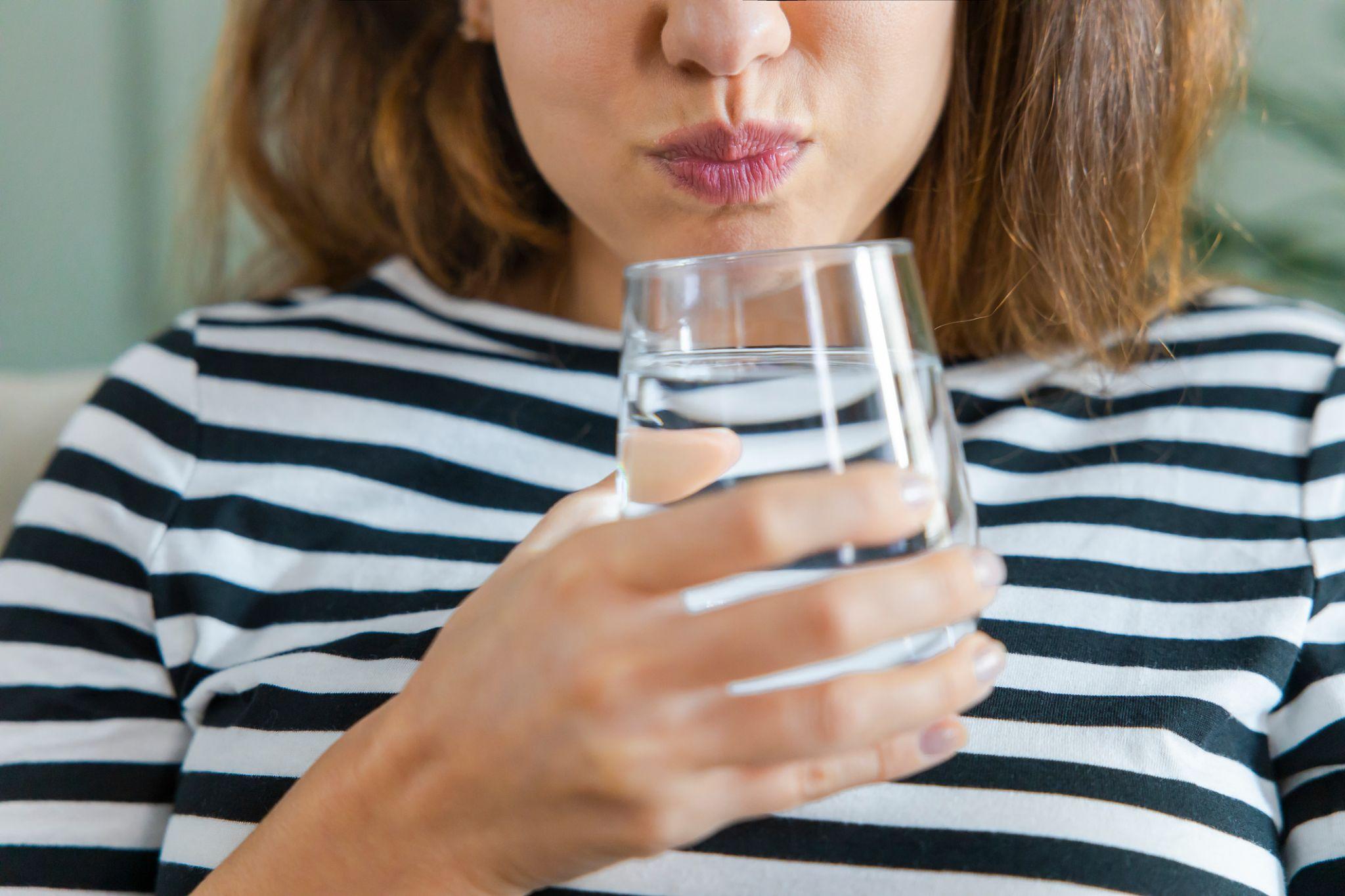What gargle is good for a sore throat?

What gargle is good for a sore throat?
A sore throat can be the first sign that you are coming down with the common cold or seasonal flu. Caused by inflammation in the back of your throat and the surrounding area, symptoms tend to include slight swelling, pain when swallowing and a general scratchy feeling[1].
However, acting quickly when you notice the first sign of a sore throat can keep symptoms at bay and reduce your recovery period. While over the counter painkillers such as paracetamol and ibuprofen are a good way of reducing swelling, and Ultra Chloraseptic anaesthetic throat sprays can successfully numb the pain, there are also a number of other products commonly found in the home to help soothe a sore throat. From salt water and baking soda to vinegar and even hot sauce, in this blog we take a look at some of the most common types of liquids that can be used for gargling.
Salt water gargle
As we explained in our recent article on how to gargle salt water, this simple solution that is made by mixing half a teaspoon of salt into a glass of warm water can help to ease the pain of a sore throat and clean the inflamed area[1]. Gargling with this solution can also actually reduce inflammation in the throat, promoting a faster healing process by inhibiting the further growth of harmful bacteria in the throat and mouth.
Additionally, salt water can help to thin the mucus that builds up in your throat when you have a cold or the flu. This means it can make you feel less congested and loosen any cough that may be accompanying your sore throat. As a rule, you should gargle using salt water twice a day for between three and five days when a sore throat strikes. If this, combined with over the counter medication, is not providing sufficient relief after this time, book an appointment with your GP.
Baking soda gargle
Although not as commonly used as salt water, gargling a solution made up of warm water, salt and baking soda can also help to relieve a sore throat. This is because baking soda has an alkaline effect that can neutralise acids in the mouth[2]. This can help to kill harmful bacteria and stop the growth of yeast and fungi.
To create this solution, simply mix a glass of warm water with a quarter teaspoon of baking soda and one eighth of a teaspoon of table salt. Once again, during the first week of sore throat symptoms, it’s recommended that this solution is used to gargle twice a day. If your sore throat lasts longer than a week, visit your doctor or seek advice from a healthcare professional.
Apple cider vinegar gargle
Due to its acidic nature, apple cider vinegar is the ideal solution to gargle with when you not only have a sore throat, but can also feel a large mucus buildup in the back of your throat. This is because the acidic properties of vinegar can break down this mucus, helping to stop bacteria from spreading while also soothing scratchy sensations in the back of your throat[3].
To gargle with apple cider vinegar, dilute one or two tablespoons of the liquid into a cup of warm water. This can be repeated several times during the day. However, it’s important to also drink a lot of water between gargling sessions to prevent dehydration. We would also recommend talking to your GP about this practice before giving it a try, as different individuals may have varying sensitivities to vinegar.
Hot sauce gargle
Although it may sound counterintuitive, when you are looking for a home remedy that can provide quick relief from a painful sore throat, hot sauce could be the answer. This condiment is made from chilli peppers, which contain an active component called capsaicin. Capsaicin has natural properties that make it effective in reducing inflammation and providing mild pain relief[4].
To give this remedy a try, add a few drops of hot sauce to a glass of warm water and gently mix. While this solution may cause a burning sensation in the back of your throat as you start to gargle, this will pass and will be replaced by a soothing, cooling sensation.
Resources:
[1] https://www.nhs.uk/conditions/sore-throat/
[2] Chandel, Siddhartha et al. “The effect of sodium bicarbonate oral rinse on salivary pH and oral microflora: A prospective cohort study.” National journal of maxillofacial surgery vol. 8,2 (2017): 106-109. doi:10.4103/njms.NJMS_36_17 https://www.ncbi.nlm.nih.gov/pmc/articles/PMC5773983/
[3] Gopal, Judy et al. “Authenticating apple cider vinegar’s home remedy claims: antibacterial, antifungal, antiviral properties and cytotoxicity aspect.” Natural product research vol. 33,6 (2019): 906-910. doi:10.1080/14786419.2017.1413567 https://pubmed.ncbi.nlm.nih.gov/29224370/
[4] Anand, P, and K Bley. “Topical capsaicin for pain management: therapeutic potential and mechanisms of action of the new high-concentration capsaicin 8% patch.” British journal of anaesthesia vol. 107,4 (2011): 490-502. doi:10.1093/bja/aer260 https://www.ncbi.nlm.nih.gov/pmc/articles/PMC3169333/

